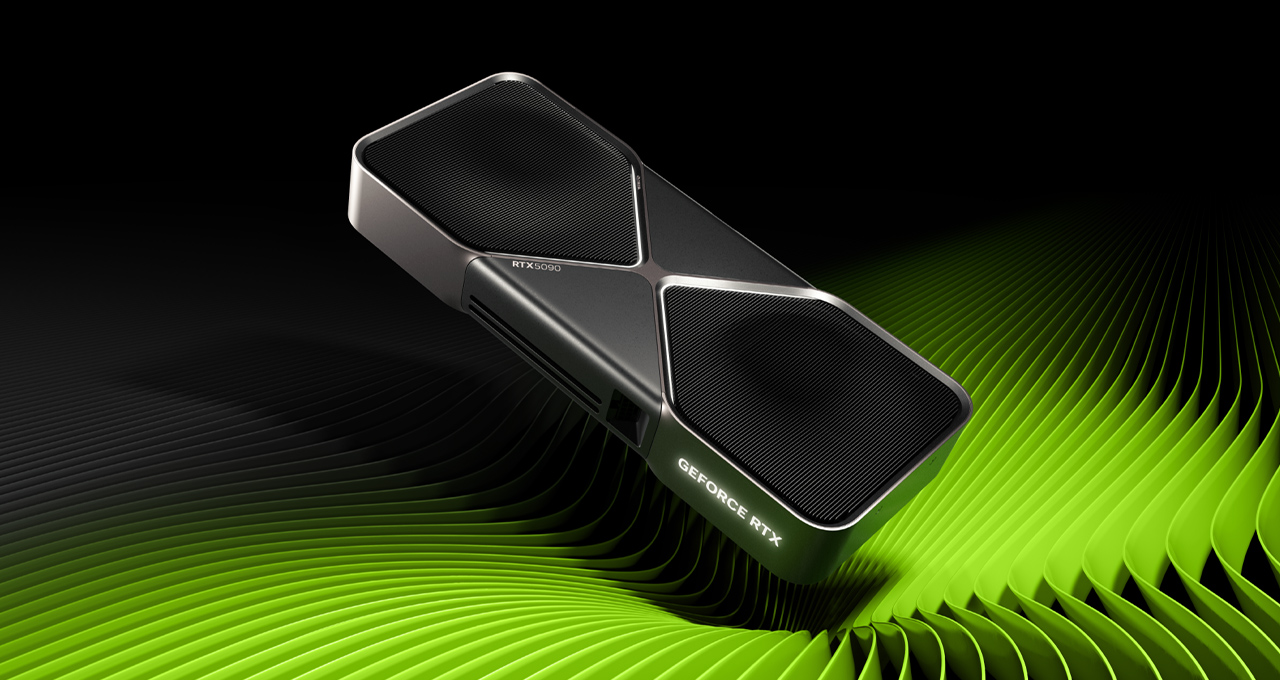AI Analyzes 50,000 Retinal Scans to Generate Detailed Eye Maps

# AI Analyzes 50,000 Retinal Scans to Generate Detailed Eye Maps
## Introduction
Artificial intelligence (AI) is revolutionizing the field of ophthalmology by enabling faster and more accurate analysis of retinal scans. In a groundbreaking development, AI has been used to analyze 50,000 retinal scans, generating highly detailed eye maps that can help detect and diagnose various eye diseases. This advancement has the potential to transform eye care by improving early detection, enhancing treatment planning, and reducing the burden on healthcare professionals.
## How AI Analyzes Retinal Scans
Retinal scans provide a detailed view of the back of the eye, including the retina, optic nerve, and blood vessels. These scans are crucial for diagnosing conditions such as diabetic retinopathy, age-related macular degeneration (AMD), and glaucoma. Traditionally, ophthalmologists manually examine these scans, which can be time-consuming and subject to human error.
AI-powered systems use deep learning algorithms to analyze retinal images with remarkable speed and accuracy. These algorithms are trained on large datasets—such as the 50,000 scans in this study—to recognize patterns and abnormalities in the retina. By processing vast amounts of data, AI can generate detailed eye maps that highlight potential issues, allowing for early intervention and more precise diagnosis.
## Benefits of AI-Generated Eye Maps
### 1. **Early Detection of Eye Diseases**
AI can identify subtle changes in the retina that may indicate the early stages of diseases like diabetic retinopathy or glaucoma. Early detection is crucial for preventing vision loss and improving patient outcomes.
### 2. **Enhanced Diagnostic Accuracy**
By analyzing thousands of scans, AI can detect patterns that might be missed by human specialists. This leads to more accurate diagnoses and reduces the risk of misinterpretation.
### 3. **Faster Analysis and Reduced Workload**
AI can process retinal scans in seconds, significantly reducing the time required for diagnosis. This helps ophthalmologists focus on patient care rather than spending hours reviewing images.
### 4. **Personalized Treatment Plans**
Detailed eye maps generated by AI provide valuable insights into a patient’s condition, allowing doctors to tailor treatment plans based on individual needs.
### 5. **Improved Access to Eye Care**
AI-powered analysis can be integrated into telemedicine platforms, enabling remote diagnosis and expanding access to eye care in underserved areas.
## Challenges and Future Prospects
While AI-driven retinal analysis offers numerous benefits, there are challenges to consider. Ensuring the accuracy and reliability of AI models requires continuous training with diverse datasets. Additionally, ethical concerns related to data privacy and patient consent must be addressed.
Looking ahead, AI is expected to play an even greater role in ophthalmology. Future advancements may include AI-powered predictive models that assess a patient’s risk of developing eye diseases and automated systems that assist in real-time diagnosis during eye exams.
## Conclusion
The use of AI to analyze 50,000 retinal scans and generate detailed eye maps marks a significant advancement in ophthalmology. By improving early detection, enhancing diagnostic accuracy, and streamlining workflows, AI is poised to transform eye care. As technology continues to evolve, AI-driven retinal analysis will become an essential tool for preventing vision loss and improving eye health worldwide.
—
Would you like me to include references or additional details on a specific aspect of this topic?